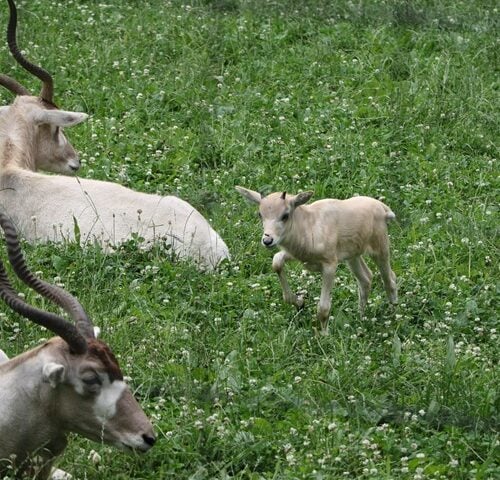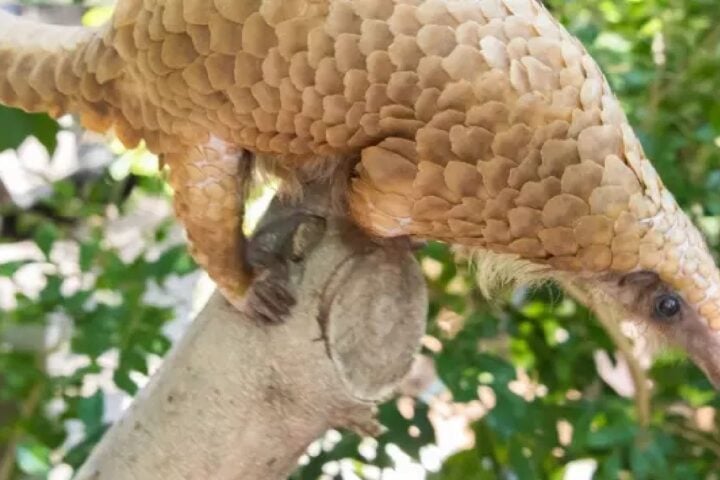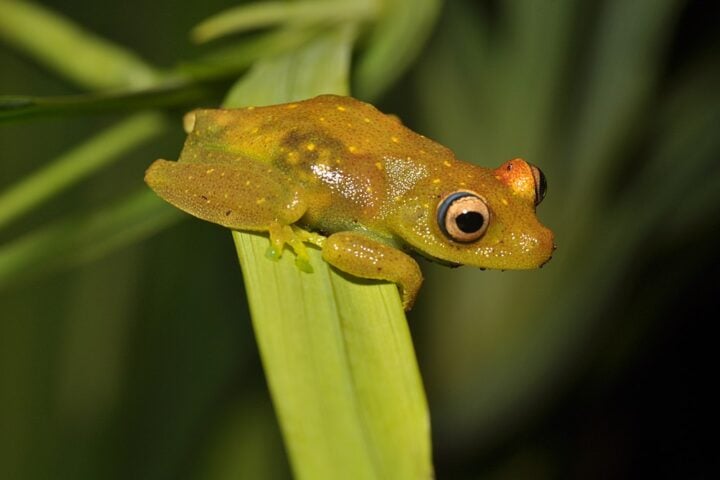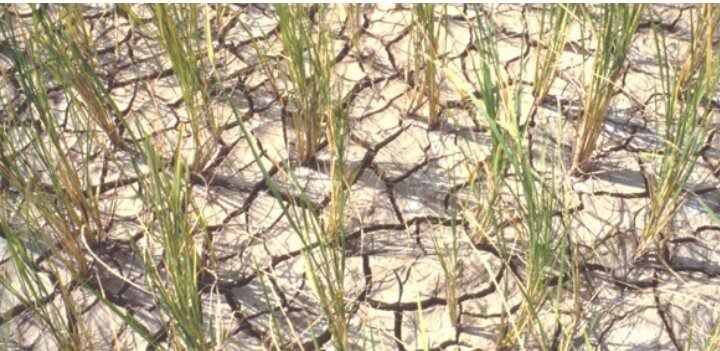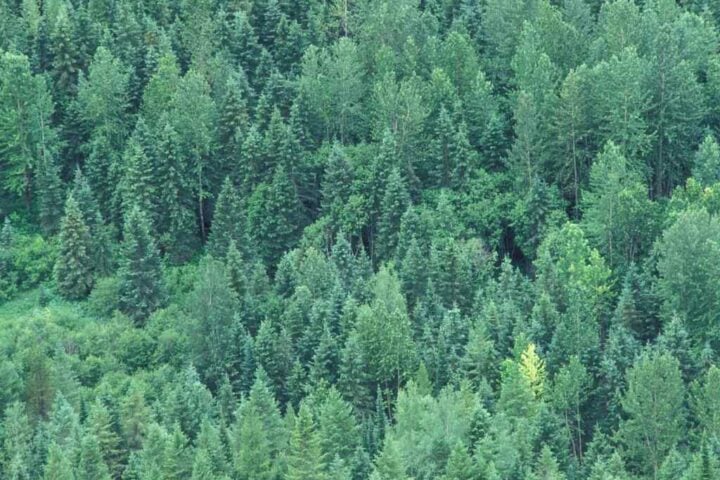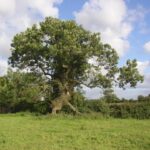A paper prepared by Malin Rivers, Adrian C. Newton, and Sara Oldfield along with Global Tree Assessment Contributors, presents a brief overview of current knowledge regarding the number of tree species that are threatened with extinction and the threats that affect them. The paper also explains the potential implications of tree extinctions, both in terms of the functioning of the biosphere and in terms of human well-being. This assessment is based on recent progress in evaluation of the extinction risks to tree species — the Global Tree Assessment (GTA), which for the first time enables us to provide a comprehensive overview of the current status of this important component of global biodiversity.
The concept of a ‘World Scientists Warning to Humanity’ dates back to 1992, when more than 1700 scientists, including most living Nobel laureates, called on humankind to halt environmental destruction and make fundamental changes to the relationship between humans and the natural world, in order to avoid ‘vast human misery. This call was renewed 25 years later when more than 15,000 scientists signed a second warning, which highlighted the fact that most environmental trends had significantly worsened since 1992. This highlighted intensifying climate change, deforestation, and agricultural production as particularly concerning issues.
The uncertainties and challenges associated with producing accurate estimates of tree species richness for the Amazon also apply at the global scale and indeed to groups of species other than trees. Recently, estimation of the total number of tree species worldwide, by using statistical extrapolation from forest inventory plots. A database of more than 100,000 such plots distributed worldwide has been analyzed and used for the study. Results suggested that there may be 73,000 tree species globally, in other words, thousands of species remain to be discovered and described.
These authors suggest that around 40% of undiscovered tree species are located in South America, especially in the Amazon basin and the eastern Andes. Many of these are likely to be rare, with low population density and limited spatial distribution, and are therefore likely to be threatened. Although these analyses are subject to the same uncertainties identified for the Amazon and may represent an overestimate of the number of tree species still to be discovered. Nonetheless, an urgent need for further field campaigns and taxonomic research to produce a comprehensive list of the world’s tree species is the need of the hour.
The GTA has developed an extensive global network of organizations and individuals, which has involved over 500 tree experts across at least 68 countries. The network is coordinated by Botanic Gardens Conservation International (BGCI), working in partnership with the IUCN Species Survival Commission Global Tree Specialist Group (SSC GTSG).
Based on results of the GTA obtained to date, including all published and submitted conservation assessments of trees, 17,510 (29.9%) tree species are considered threatened with extinction. In addition, there are 142 tree species recorded as Extinct or Extinct in the Wild. Conversely, 41.5% of species are not considered to be at high risk of extinction (Least Concern). A further 13.2% of tree species are recorded as Data Deficient; many of these are only known from small, relatively unexplored areas.
TABLE 1. The percentage of threatened tree species (Vulnerable, Endangered, and Critically Endangered) on the International Union for the Conservation of Nature (IUCN) Red List in each forest type (IUCN, 2022)
| Forest Type | Percentage threatened tree species |
| Boreal/ Subarctic/ Subantarctic | 9.1 |
| Temperate | 23 |
| Subtropical/ tropical dry | 39 |
| Subtropical/ tropical moist lowland | 30 |
| Subtropical/ tropical mangrove vegetation above high tide level | 19 |
| Subtropical/ tropical swamp | 31 |
| Subtropical/ tropical moist montane | 41 |
The main threat to tree species across the word is habitat loss owing to the spread of agriculture, which affects 29% of species, followed by logging and other forms of wood harvesting (27%), livestock farming (14%), and urban development (13%) (BGCI, 2021). Other threats affecting large numbers of tree species include changes in fire regimes, energy production and mining, and the presence of invasive species. Although climate change currently affects only 4% of tree species that have been assessed, this threat is likely to intensify in the future, with trees of coastal, dryland, and montane ecosystems being the most vulnerable.
- ECOLOGICAL IMPLICATIONS
Trees and forest ecosystems also play a crucial role in the provision of fresh water, owing to their major contribution to the hydrological cycle. Forests influence the amount of water available by regulating surface and groundwater flows, maintaining high water quality through filtration, and reducing water-related risks such as floods and droughts. They also help to prevent desertification and salinization.
Trees and forest ecosystems have a major influence on the global carbon cycle, accounting for about 75% of terrestrial gross primary production and 80% of Earth’s total terrestrial plant biomass.
Recent research has provided evidence suggesting that ecosystem function is related to species richness. An assessment of field data obtained from 777,126 sample plots distributed throughout the world, reported that there is a positive and concave relationship between tree species richness and forest productivity. In other words, continued loss of tree species richness would result in an accelerating decline in forest productivity worldwide.
- ECONOMIC IMPLICATIONS
The total value of these services is approximately US$ 16 trillion per year, with forest ecosystems being of particularly high value for climate regulation, genetic resources, recreation, and habitat for other species.
Mean values for tropical forest were Int $ 5264 ha−1 year−1 (±6526 SD), for temperate forest Int $ 3013 ha−1 year−1 (± 5437 SD), and for woodlands Int $ 1588 ha−1 year−1 (±317 SD). The value of the global timber trade has more than doubled over the past 20 years, reaching US$153 billion in 2018; wood pulp accounts for a further US$ 63 billion annually.
The global reported trade in plants for medicinal purposes was valued at over US$3 billion in 2015. For example, Agarwood trees (from the genera Aquilaria and Gonystylus) produce a highly valuable resin used in perfumes, incense, and medicines. This is one of the most valuable raw materials in the world, worth up to US$100,000 per kilogram and with a global trade valued at US$32 billion.
- IMPLICATIONS FOR HUMAN LIVELIHOOD
The 60 million indigenous people who live in forest areas are especially dependent on trees and the condition of forest ecosystems. Trees can contribute to meeting energy, health, housing, income, and nutritional needs, as well as nonmaterial aspects of livelihoods such as community relations, culture, and spirituality. For example, in India, more than a quarter of the population (i.e. 275 million people) are dependent on forest resources for subsistence and income generation.
Approximately 53% of the fruit available for consumption globally is produced by trees. Loss of tree species can exacerbate local poverty by reducing forest productivity and the provision of ecosystem goods and services. As the livelihoods of the rural poor are often strongly dependent on products derived from trees, the decline of tree populations resulting from factors such as deforestation or overharvesting can result in a decline in living standards. This can lead to well-documented poverty traps.
- CULTURAL IMPLICATIONS
Trees are symbolically and spiritually important in most of the world’s major religious traditions, as illustrated by the role of Ficus religiosa in Buddhism. Many indigenous people depend on trees for cultural identity and heritage, kinship, and knowledge integrity; trees may be linked with tribal identities, association with the place, kinship ties, customs, social protocols, stories, and songs. The cultural identity of a society may be profoundly linked to an individual tree species, as in the case of the Pehuenche people of southern South America, whose livelihoods are traditionally dependent on the Endangered conifer Araucaria araucana; their tribal name is derived from this species.
- SUGGESTED ACTIONS
- Recognize the importance of tree species
Greater recognition and understanding of the specific importance of the roles of different tree species is needed from individuals, conservation organizations, governments, and the international policy community, in order to mobilize and act to prevent the further extinction of tree species.
- Conserve and restore natural tree populations
Improving the effectiveness of conservation management, monitoring populations of threatened species, and where necessary increasing enforcement of controls on illegal or non-sustainable harvesting of threatened species.
- Address direct threats to tree species
Efforts are also needed to address illegal logging more vigorously and to strengthen legal compliance and verification. In areas affected by invasive species, or by the spread of pests and diseases, we need to improve early warning of these threats by monitoring and understanding their spread and impacts on tree species, while developing improved controls and management practices.
- Prioritize conservation action for tree species
Currently, there are more threatened tree species listed on the IUCN Red List than the number of threatened mammals, birds, reptiles, and amphibians combined, yet it is these species groups that are typically used as flagships for biodiversity conservation. We suggest that tree species can usefully be considered as ‘charismatic megaflora’ and as conservation flagships. As resources are limited, we need to prioritize conservation action for the most threatened trees.
- Strengthen the role of trees in environmental and climate policy
The UN Convention on Biological Diversity (CBD) should acknowledge and address the specific conservation needs of tree species, for example, by encouraging Parties to develop action plans for those species that are threatened. The policies and mechanisms of the UN Framework Convention on Climate Change (UNFCCC) designed to reduce deforestation should be rigorously supported, with adequate provision of funding.
The ultimate message for humanity is to remember how trees enrich and support our lives, as they have throughout human history. Yet we need to acknowledge that these values are at risk if we fail to consider the impacts of our actions and to change our collective behavior in relation to trees.
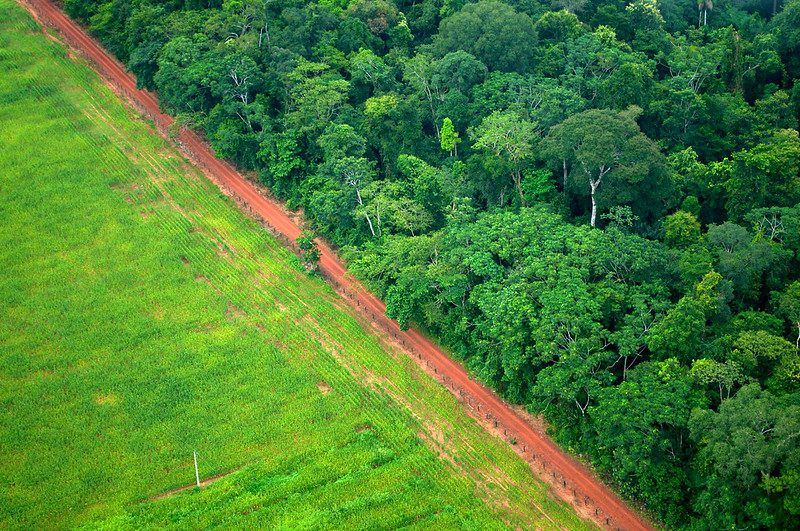
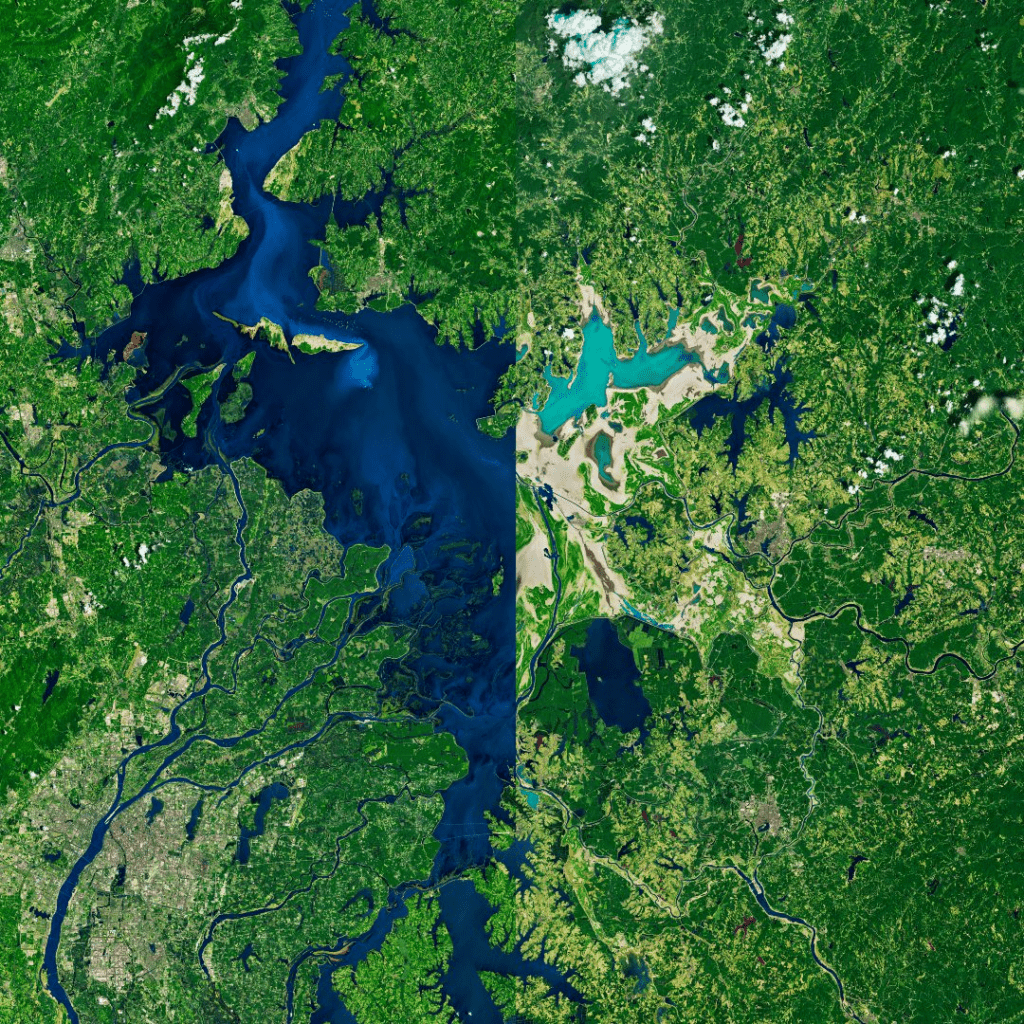
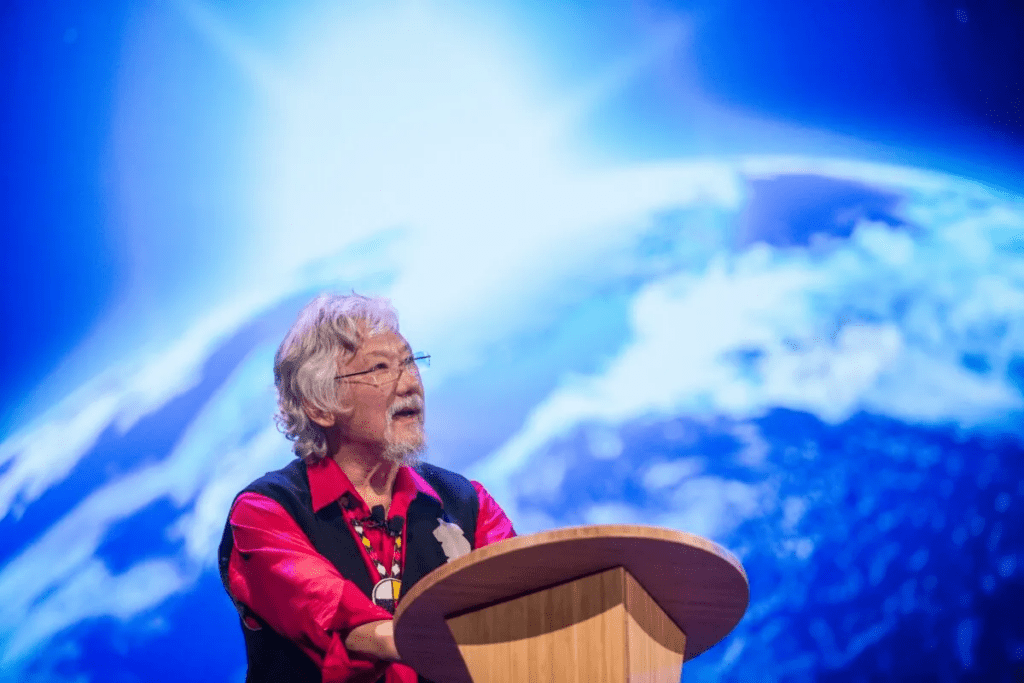








![A male [[Great white shark]] off [[Isla Guadalupe]], [[Mexico]]. Along with many [[Mackerel scad|Mackarel scads]] seen in the background. Photo Source- Terry Goss (CC BY-SA 3.0)](https://www.karmactive.com/wp-content/uploads/2025/06/White_shark-720x480.jpg)
